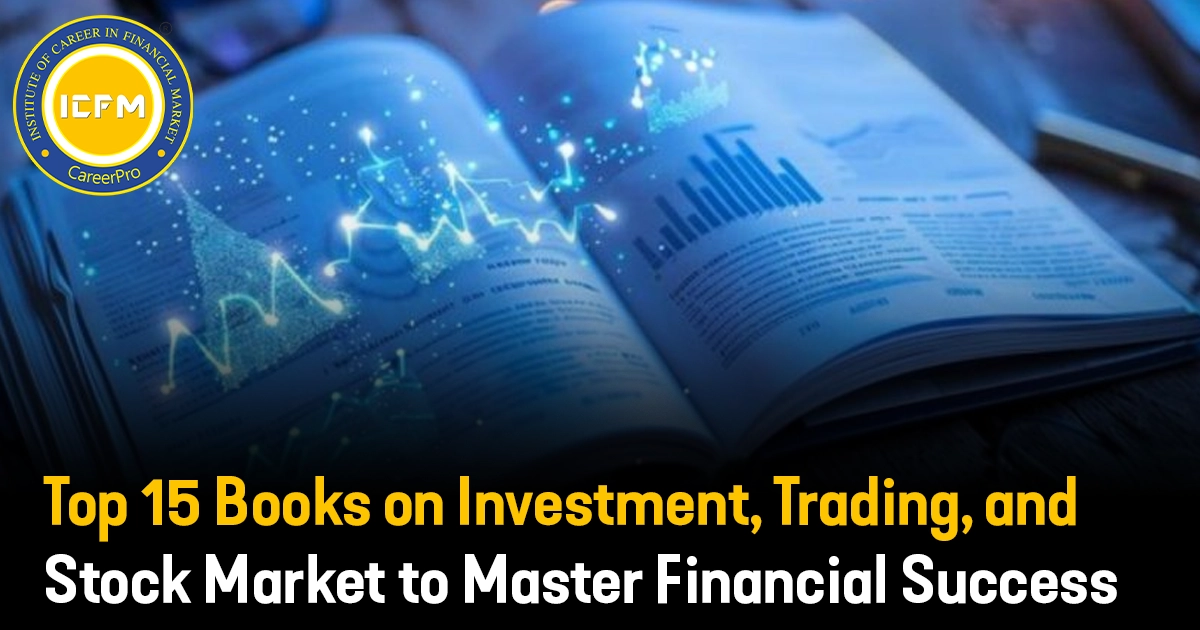Your first step into the stock market
1.Understand the basics
Stocks: Investing in stocks makes an individual an owner in that particular company. A stock means that one has a stake in the assets and profits of a corporation. Generally stocks have the ability to grow in value (appreciation) as well as dividend distributions.
Bonds: Bonds are long-term securities that pay fixed income interest. When one purchases a bond, he/she enters into an agreement to lend out some amount of money to the issuers (governments, organisations) in exchange for regular interest payments and principal amount at the time of expiration.
Mutual Funds/ETFs: These are funds set up for purposes of collecting funds from a number of people and buying a varied range of stocks or bonds or other forms of securities. Professional management is available for mutual funds while in the later, shares of the fund are traded on stock exchange.
2.Learn key terms
Bull Market: Bull market is a status where the custom has it that prices are increasing or will likely increase. It is often an indication of growth in the economy and confidence of the investors.
Bear Market: On the other side, bear market means a market where there is a continuous fall in prices for a longer duration, usually by 20% or more from recent highs. This usually indicates recessions or low confidence in the market by investors.
Dividend: The term dividend is associated with a part of a company’s profits that is distributed to shareholders as a reward. They help in generating regular returns and are paid out much in the same manner as the salaries quarterly.
3.Set your goals
Investment Purpose: Be certain about the goals you want to achieve with your investment. For what reason are you putting your money to work? Is it for conservatory purposes, for example a house, or for any long-term objective? The goals that you have will determine what investment strategy you settle for.
Risk Tolerance: Understand how much risk you are willing to put on yourself. Other considerations are timeline for the investment, current fortunes and how one would feel when the markets are quite volatile.
4.Research
Research Companies: Find their financial status, position relative to competitors and how they intend to grow. Some of the important metrics include profit, growth, revenue, and level of borrowing.
Market Trends: You should also be aware of general economic conditions, levels and trends in the related industries, and additional political influences likely to shape market outcomes.
5.Start small
Lower Down Risks: When an individual is a novice in the system, it’s better to commence with lesser amount of investment. This gives room for the self, to be acquainted with the entire process but less amounts will be lost.
Demo Accounts: Practicing trading under the guidance of these will however be very easy if you use the demo accounts where most brokers have enabled customers use false money to trade. This also helps in developing confidence and understanding of how the system works.
6.Choose a brokerage
Selection Criteria: Take into account such things as expenses- both fixed and variable (trading commissions, account maintenance), the variety of investment options offered, educational support, and expertise.
User-Friendly Environments: Do not forget to check out the features of a brokerage platform as they could be quite helpful to first time investors. Many also present learning and understanding tools for those new to trading.
7.Diversify Your Portfolio
Reduce risk : Portfoliodiversification entails spreading investments across other asset classes such as stocks, bonds and real estate and ‘industries’ such as technology, healthcare and finance sectors to reduce the effects of an overall loss.
Appreciated Summary: By having the proportionate and diversified portfolio, the overall return on investment can be expected to be subdued in comparison to the potential on offer but the risk will be on the low end.
8.Be Knowledgeable and Be Calm
Market News: Subscribe to financial news, follow reports and analytics in order to always know the current situation on the market and to be alert on possible events affecting the value of your assets.
Strategic Approach: Accept the fact that, investing is not an instant money making activity. It is to be expected that towards the latter portion of the investing timelines, the stock markets will forcefully adopt certain trends.
9.Review and Adjust
Regular Check-Ups: From time to time, conduct portfolio performance reviews with a view of the preset deliverables. This helps you to avoid getting lost and making the wrong decisions.
Adjust as Needed: Be open to change and modify your exposure to be in line with your financial capacity, objectives, and market trends.
Additional Resources
Books:
“The Intelligent Investor” Benjamin Graham’s classic book advocates value investing and focus on the long term.
“A Random Walk Down Wall Street” Burton Malkiel covers various investing techniques emphasizing the need to become reasonably diversified.
Podcasts & Videos: Search for finance related beginner podcasts or YouTube channels focused on education with helpful tips, market overview, and expert’s interviews.
Conclusion
The stock market is a great source of wealth creation which is achievable with proper strategy, education and patience. With the adoption of basic principles such as goal formulation as well as acquisition of knowledge, one can strive to be more aggressive in the stock market. Keep in mind that investing is always a risky business and this is precisely why it is prudent to research and analyze information before acting.









